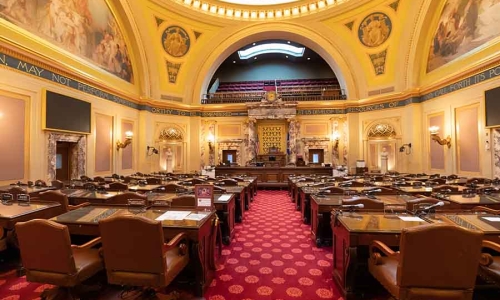Have Cannabis prices dropped too low?

“Good weed ain’t cheap, and cheap weed ain’t good.” When I worked in pre-legal market caregiver stores, this was a popular saying among operators.
With around 90 retail stores in Lansing at one point and no regulatory hurdles, the need for businesses to distinguish themselves from the competition pushed many retailers to cut their prices, but never to the extreme lows we see today.
On the other hand, some operators started to focus on quality, ensuring additives used in the cultivation process were top-level, plants were cured properly and not rushed to market, and attention was given to traditional hallmarks of quality like taste, terpene profile and effect. Like most things in life, growing cannabis the right way costs a little more. Furthermore, almost no caregivers were operating at the scale today’s legal operators have achieved. The lack of regulatory fees helped offset this, but no business was able to reach the level of output seen in today’s market.
In addition, there was relatively unequal access to the market across the state due to municipalities’ varying levels of enforcement regarding gray-market stores. This inequality of access helped pave the way for cities like Flint, Lansing, Detroit and Traverse City to become pot meccas but didn’t completely flood the market and allowed cannabis prices to stay relatively stable and comparable to the traditional extralegal sector.
Well, the times are changing. Retailers are locked in a race to the bottom on both quality and pricing. Many producers remediate their flower with ozone or radiation to maximize the chances of successful and profitable crops. This 420, a lot of retailers were barely covering their costs on many of the holiday sales.
The same inequality of access that plagued the gray market for years is present but slightly different in the legal market. Cities can choose whether to allow cannabis businesses in their communities, and many have opted out of cannabis business altogether or don’t allow retail establishments. Even with this caveat, there are significantly more retailers now than in the caregiver days, and they’re spread across the state much more evenly than in the past.
Another big difference in today’s market is the proliferation of incredibly well-funded corporate companies. They’re motivated by market share above all else and enter the market with the understanding that price fluctuation will be dramatic due to the rapid increase in cultivation capacity that accompanies the initial surge of legalization. Our state’s relatively free-market approach to cannabis has allowed a lot of operators into the cultivation space, leading to an increased output capacity that has flooded the market with products. This and the cutthroat race for retail market share have fueled the sprint to the bottom on pricing. These large and sophisticated companies can burn through their financiers’ cash reserves and wait for the smaller operators to run out of money and drop out of the market.
It’s a crazy time for cannabis consumers. Prices are cheap — in many cases, cheaper than the total cost to produce and sell the stuff. While I love that cannabis is accessible, I wonder if we should stop and question the impacts of these low prices on the market and the community. A lot of small operators simply can’t compete at what is, in many instances, an artificially low price point.
The state of Michigan has minimum shelf prices for alcohol. This has benefited the craft industry by offering a level of stability in pricing against larger companies. More and more cannabis insiders that I talk to are starting to question if such a policy would be good for cannabis. It would stop large operators’ predatory pricing schemes and would go a long way in encouraging higher quality standards since producers would be less tempted to cut corners in a more stable market. It would also benefit the state and municipalities by keeping excise tax revenue flowing from a sustainable base of operators with stable prices.
It might be time to seriously consider state minimum pricing on cannabis. It would ultimately benefit a lot of small and local operators and create a more sustainable path for growth in an industry ripe for all sorts of predatory and speculative practices. A healthier industry with a good mix of small and large operators would create a good variety and quality of products, which would benefit consumers. Even without minimum pricing, I would challenge consumers to think about where they spend their dollars in the cannabis market.





